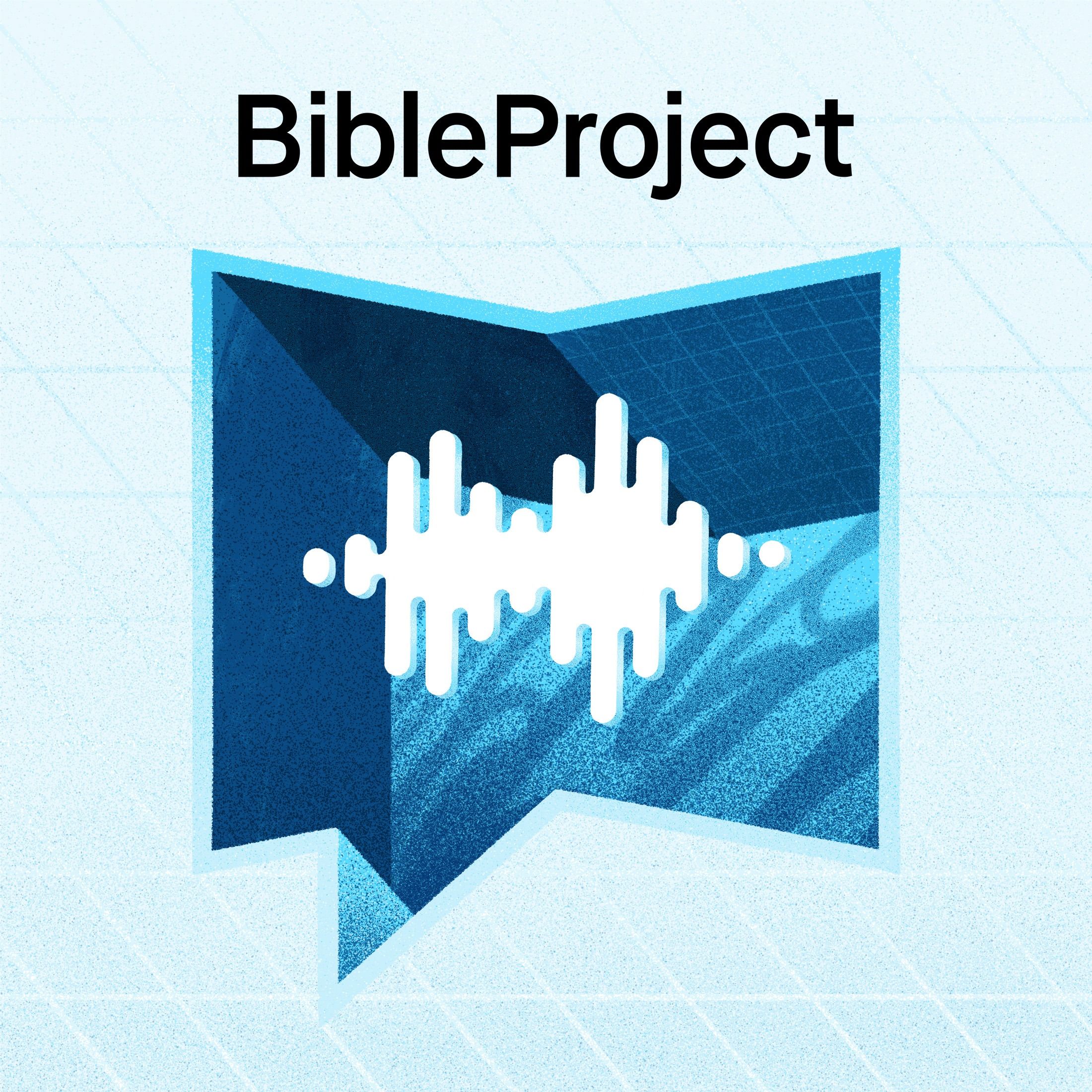

BibleProject
BibleProject Podcast
The creators of BibleProject have in-depth conversations about the Bible and theology. A companion podcast to BibleProject videos found at bibleproject.com
Episodes
Mentioned books

22 snips
May 16, 2019 • 1h 1min
The Emergence of Sin with Dr. Matt Croasmun
Dr. Matthew Croasmun, Associate Research Scholar at Yale and expert in New Testament studies, dives into the complexities of sin and evil. He discusses how sin is not just an individual act but part of larger systems, likening it to a 'super organism'. The conversation touches on the overlap of science, theology, and philosophy, urging a reevaluation of biblical interpretations. Emergence theory is explored, emphasizing the interconnectedness of social constructs and individual behavior, and how community shapes our moral choices.

11 snips
May 13, 2019 • 1h 2min
God's Wisdom in the Law - Law E3
The discussion kicks off by unpacking ancient law codes, emphasizing their historical context over modern interpretations. Insights into biblical laws reveal their focus on divine ideals like justice and the importance of the Sabbath. Ethical living is advocated through personal connections rather than strict legalism, with storytelling highlighted as a moral tool. The podcast also explores the evolution of sacrifices and their role in community cohesion, linking ancient practices to contemporary moral values in legal interpretations.

33 snips
May 6, 2019 • 1h 13min
The Law as a Covenantal Partnership - Law E2
Discover the fascinating relationship between law and covenant in ancient Israel. Instead of a strict code, laws were seen as shared agreements reflecting a deep bond with Yahweh. The Torah reveals insights about human nature and divine connection. Learn how these ancient laws served as relational authority, distinguishing Israel as a 'kingdom of priests.' The historical nuances of biblical law contrast sharply with modern legal systems, emphasizing the importance of narrative in understanding our identity and ethics today.

39 snips
Apr 29, 2019 • 1h 3min
The Purpose of The Law - Law E1
The discussion kicks off with the complexities of Old Testament laws, highlighting modern readers' challenges in interpretation. Ancient versus modern legal systems are compared, revealing ongoing debates over the number of commandments in the Torah. Notably, the evolving understanding of laws is explored, with a focus on early rabbinic interpretations. The speakers delve into the deeper meanings of biblical texts, encouraging listeners to reconsider misconceptions about the law and its purpose, while connecting it to the broader narrative surrounding Jesus.

Apr 22, 2019 • 56min
Prophets as Provokers - Prophets E2
In this discussion, insights into the pivotal role of prophets unveil their mission as guardians of Israel's covenant rather than mere predictors of the future. Key themes like accusations against Israel's rebellion, calls for repentance, and prophetic announcements of the Day of the Lord are explored. The speakers draw parallels between ancient prophets and modern figures, examining how both challenge societal norms. With a focus on social justice and moral accountability, the conversation highlights the transformative power of prophetic voices in shaping community values.

Apr 15, 2019 • 58min
What Prophecy is For - Prophets E1
Understanding the intricacies of biblical prophecy is a journey filled with challenges. The discussion reveals how prophetic literature often feels chaotic yet carries profound messages. Modern interpretations of prophets highlight their role beyond mere fortune-telling, emphasizing their struggles against falsehood. The speakers connect the lives of ancient prophets like Micah and Jeremiah to contemporary voices, illustrating their importance in guiding society. Listeners are invited to appreciate the artistic, poetic nature of these texts, enriching their understanding of divine communication.

33 snips
Apr 8, 2019 • 1h 4min
N.T. Wright Interview #2: Paul and the Powers
N.T. Wright, a prolific theologian and New Testament scholar, dives into Apostle Paul's views on spiritual warfare and the nature of evil. He discusses the intersection of spiritual powers and societal structures, challenging modern materialistic perspectives. The conversation highlights the irony of Jesus’ crucifixion as a victory over darkness. They explore humanity's role in societal transformation through faith and reconciliation, emphasizing the need for discernment within church communities to combat divisive influences.

Apr 1, 2019 • 36min
To the Ends of the Earth - Acts E7
The discussion dives into how Luke parallels the lives of Jesus and Paul, revealing a continuity of Christ's mission through his followers. Tim highlights striking similarities in their journeys, from their warm receptions in Jerusalem to their stand before rulers. They explore why this comparison strengthens the message of communal faith, emphasizing the role of ordinary people in carrying on Jesus' legacy. The podcast also reflects on themes of suffering, unity in the church, and the ongoing impact of the 'kingdom of God' as Christianity spreads from Rome.

Mar 25, 2019 • 52min
Paul in Prison - Acts E6
This discussion highlights Paul's daring journey to Jerusalem, driven by a desire for unity among early Christians. It explores the dynamics of his arrest and trials, emphasizing loyalty to authority despite flaws. The conversation delves into how Paul's experiences model Christian engagement with the broader cultural landscape, illustrating the concept of God's Kingdom as a transformative force rather than a political movement. Additionally, it touches on the challenges of being a Christian within society and the importance of embodying compassion and community service.

15 snips
Mar 18, 2019 • 53min
Paul's Journey to Jerusalem - Acts E5
Tim and Jon explore Paul’s remarkable journey back to Jerusalem, highlighting his controversial yet pivotal role as a unifier in early Christianity. They discuss his fundraising efforts to support the Jerusalem church during a famine, symbolizing the church’s unity beyond racial and economic divisions. The conversation delves into the complexities of Jewish and Gentile relations, showcasing Paul’s advocacy for inclusion. Themes of sacrifice, community support, and the transformative mission of an early and diverse Christian community come to life in this enlightening discussion.


